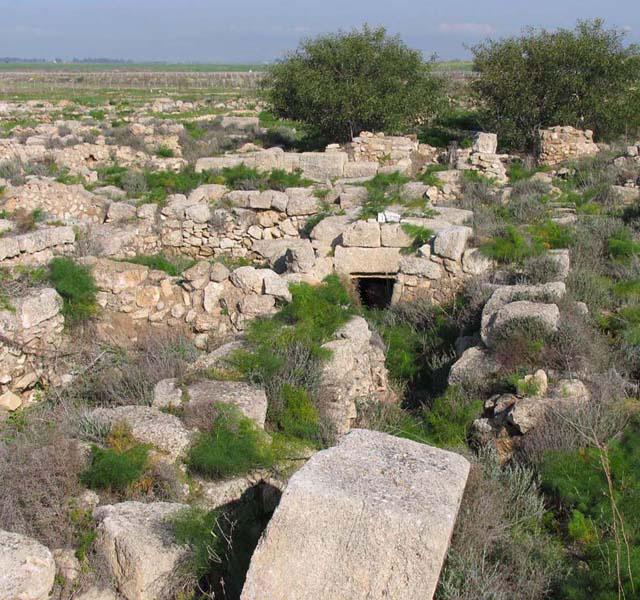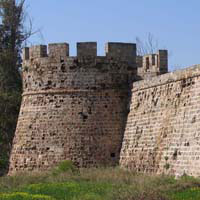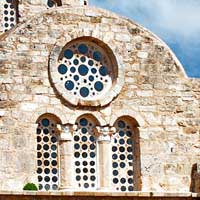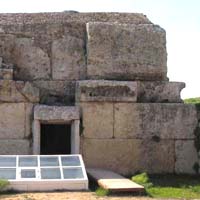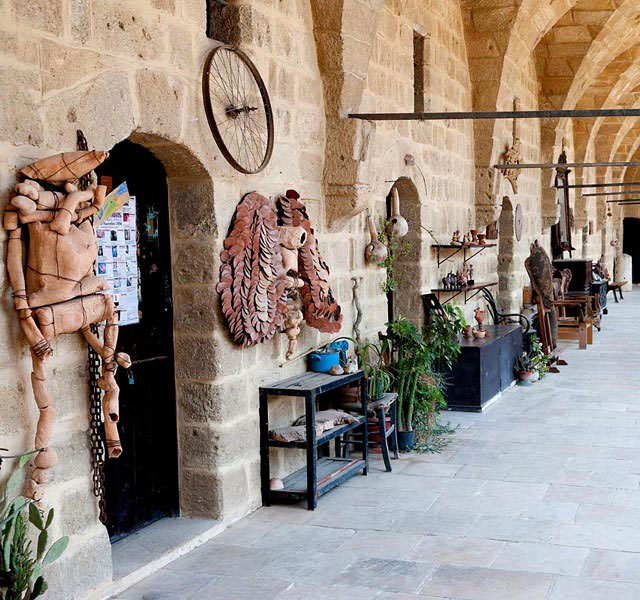The foundations of Enkomi, which are all that remain of this Bronze Age city are found adjacent to St. Barnabas on the western edges of the Salamis necropolis. Discovered originally in 1896, the archaeologists first encountered burials and thought that this area was merely an extension of the burial ground for Salamis. It was not until the 1930’s that the Swedish expedition excavated more thoroughly and realised that this had once been a great city complex. During the excavations the outline of the city emerged to reveal the customs of the people. The burials that had been among the original finds were part of the ritual for the dead of the Mycenaean civilisation and similar evidence of this has been found in Mycenae and Crete. Diplomatic correspondence inscribed on cuneiform tablets that were discovered in Egypt refer to a wealthy city state called Alasia and it has been suggested that this state is Enkomi. However it is still only supposition and no positive verification has yet been proved. Early histo torical evidence shows that this city was renowned for its expertise in copper smelting which was then exported from the harbour on which it was built. In 2000 BC Enkomi was situated in the navigable River Pedios and flourished. There is no doubt that this was an extremely powerful city, remaining so until the river silted up and was no longer accessible by trading ship. At this time it is assumed the inhabitants moved their business and trade to Salamis.






